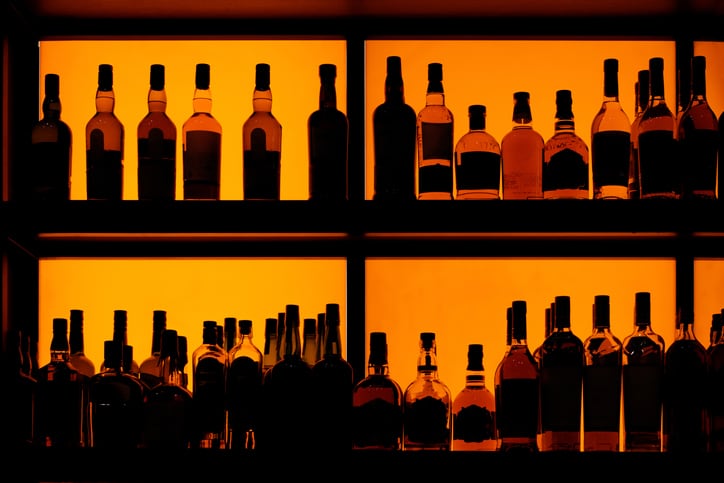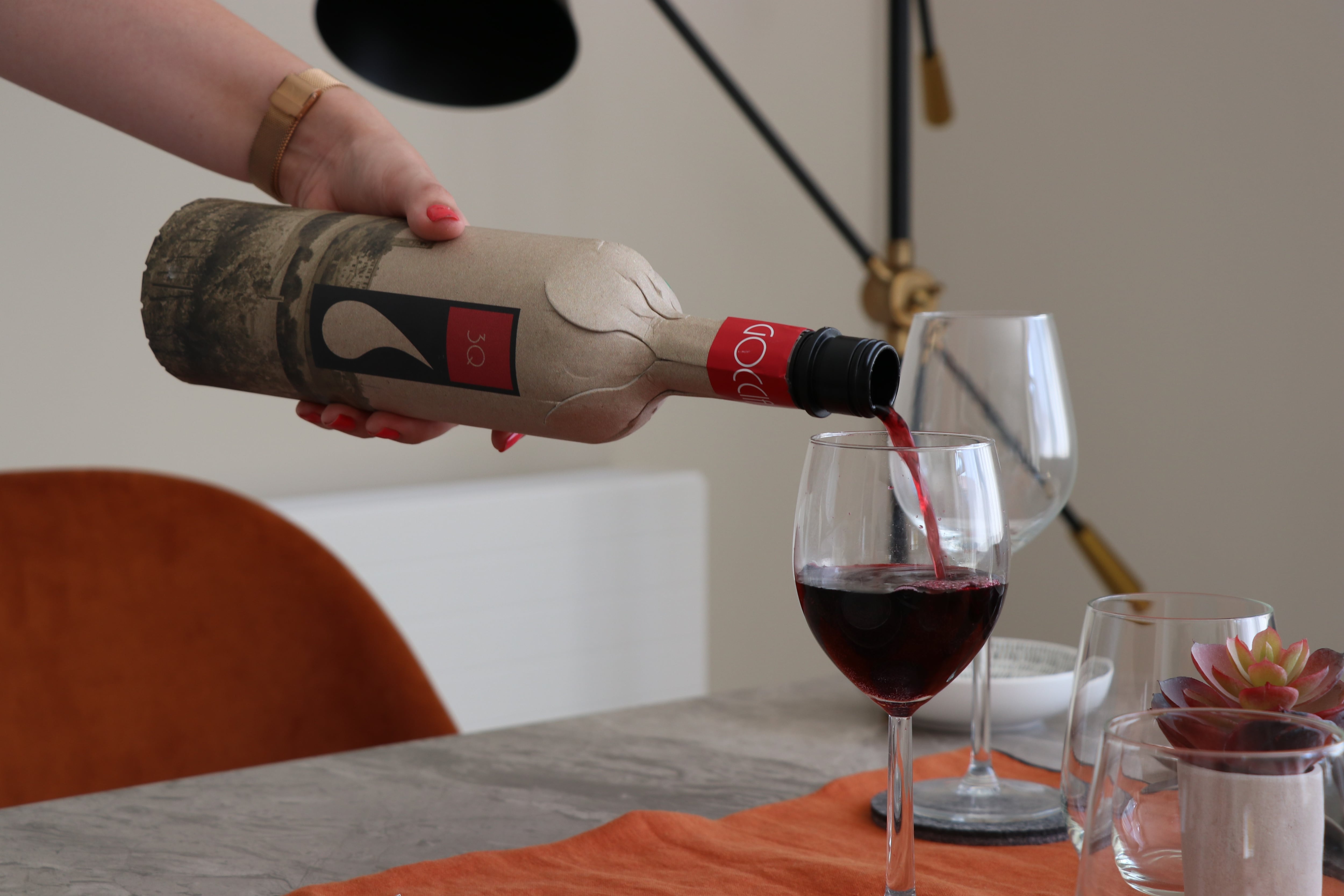It would be tough to find an industry that hasn’t had an eye towards the future when it comes to sustainability and improving their eco practices. While many sectors’ impact on the environment is more evident, there are a number of other areas where the environmental effects may not be as intuitive. The wine industry is one of those.
Unlike many other agricultural businesses, wine’s carbon footprint does not come as much from their planting processes but more so from their packaging. Each year some 19 billion glass bottles of wine are sold into the global market. Let’s explore why that staggering number can start a trend towards a more sustainable outlook and how a switch to paper bottles could help bring that impact down.
What can a paper bottle do for the environment?
Many may ask: well, isn’t glass recyclable? The answer is yes, however wine bottles, in particular, make it a little bit more complicated. This is because many bottles are dyed brown or green, which subjects them to additional sorting by color. This extra process doesn’t always happen at a consumer or recycling facility level, meaning many bottles are discarded as regular waste. Additionally, wine bottles are made of especially dense glass, meaning they are heavier making transportation costs higher. The environmental implications of this transportation cannot be understated either.
The carbon footprint of making a paper bottle is 84% smaller than a glass bottle and even a third lower when compared to a glass bottle made of 100% recycled glass. While paper bottles require a plastic liner, they still use 77% less plastic than a standard plastic bottle. When considering the reduced environmental impact, the ease of recyclability, and lower transportation costs—since paper bottles are significantly lighter—paper bottles may not just be the more sustainable option, but also really make a product stand out.
But paper, really?
The wine industry is heavily traditionalist. However, paper bottles are not attempting to break with tradition in the same way as canned wine. Instead, paper bottle manufacturers are attempting to adapt those traditions into ones that are more sustainable. It is important for consumers to realize that this should not carry the same public perception that a boxed wine may have. Paper bottles can be shaped into the exact dimensions of a standard Bordeaux wine bottle and the look can include standard labels or more elaborate, chic artwork.
Consumers stand to benefit as well, as paper bottles are versatile, easier to transport, cheaper to buy online, and for restaurateurs, paper bottles save significant amounts of space.
Malcolm Waugh, the founder of paper bottle leader The Frugal Bottle said this about his entry into the wine market: “Our mission is to design, develop and supply sustainable packaging. The Frugal Bottle is up to five times lighter than a glass bottle, has a carbon footprint up to six times lower and is easy to recycle again. As well as the superior environmental benefits, it looks and feels like no other bottle you have ever seen. We want to deliver great wine and spirits in innovative packaging whilst helping our customers and consumers reduce their impact on the environment. The Frugal Bottle offers a major point of difference for the global wine and spirits sector through stand out design and positive sustainable benefits.”
Wine packaging has already seen a few examples of breaking with traditions, such as with recycled PET bottles. PET is short for recycled polyethylene terephthalate and represents an alluring alternative to glass bottles. These fully recyclable plastic bottles save 500g of CO2 output across the production process because of its inventive shape and material.
Why aren't paper bottles already the standard?
Besides many wineries maintaining a grip on tradition, paper bottles do have limitations. As mentioned, paper bottles are not made for high-end wine. That is because the shelf life of a paper bottle is 12-18 months depending on the quality of the plastic lining. While these liners do prevent any sort of rapid or damaging oxidation, it can’t preserve a wine for as long as glass and a cork do.
While paper bottles do have limitations, glass bottles’ own limitations, specifically in the sustainability department, are becoming more noteworthy than ever as younger generations form a growing part of the customer base. However, this eye towards sustainability is not a result of targeting young people. Surprisingly, Waugh of The Frugal Bottle notes that their marketing strategy is not to be trendy for a certain age group but rather to tap into the mindset/lifestyle associated with sustainability, which transcends age more and more as climate concerns become more ingrained in our collective consciousness.
This push for alternative packaging isn’t a peripheral thought experiment either. Recently, Radius, the IWSR’s beverage market analysis magazine, named reduced packaging as one of their top trends to watch in the coming year. While the Radius team mentions paper bottles prominently, the emphasis on sustainability goes further as they cite other options like biodegradable labeling, eco-pouches, wine and spirit taps in stores, and even Glenlivet’s consumable capsules.
Eco-friendliness is no longer fringe in any industry, and it would be wise for winemakers to incorporate sustainable strategies into their future projections. There would be no more powerful way to drive this desire than if massive buyers demanded sustainability be a constant consideration in packaging. This was seen previously when LCBO requested lightweight bottles by refusing other, heavier bottle designs. Looking to the future, paper bottles can have an impact with smaller producers, but it will take one of there big buyers to put their name behind the efforts of sustainable packaging for it to truly change the wine industry.
About the author: Émilie Steckenborn has lived in Shanghai, China for over eight years. Her passion for wine, food, beer and cocktails led her to create the Bottled in China podcast. A foodie herself, Émilie has cultivated her palate through gaining qualifications including a Diploma and Certified Educator from WSET (Wine & Spirit Education Trust), Certified Sommelier from CMS (Court of Master Sommeliers) and the HEG (Hautes Études du Goût) Certificate from Cordon Bleu. She has worked with numerous top beverage brands and hotel groups to develop and train their front line staff across China.



